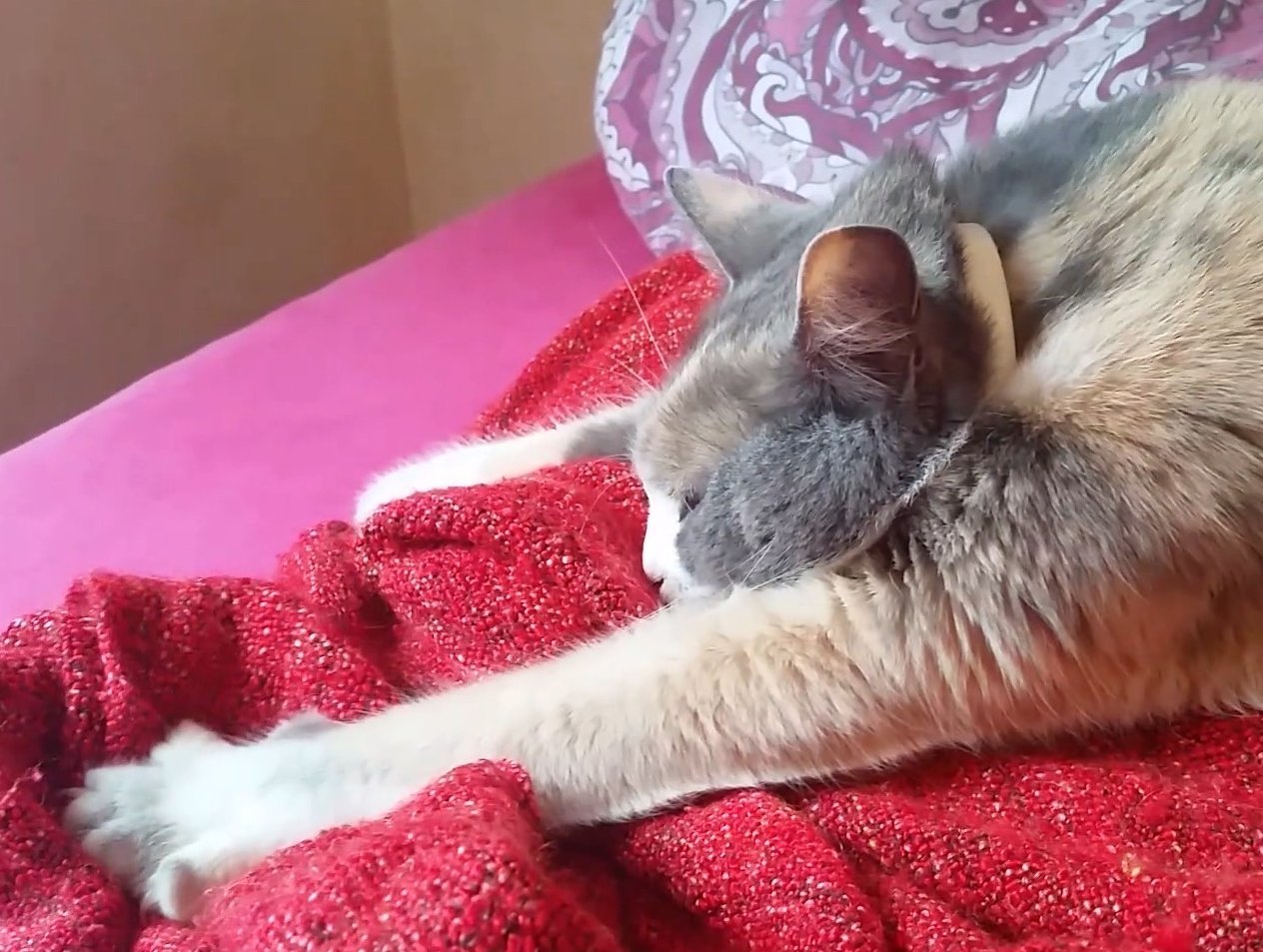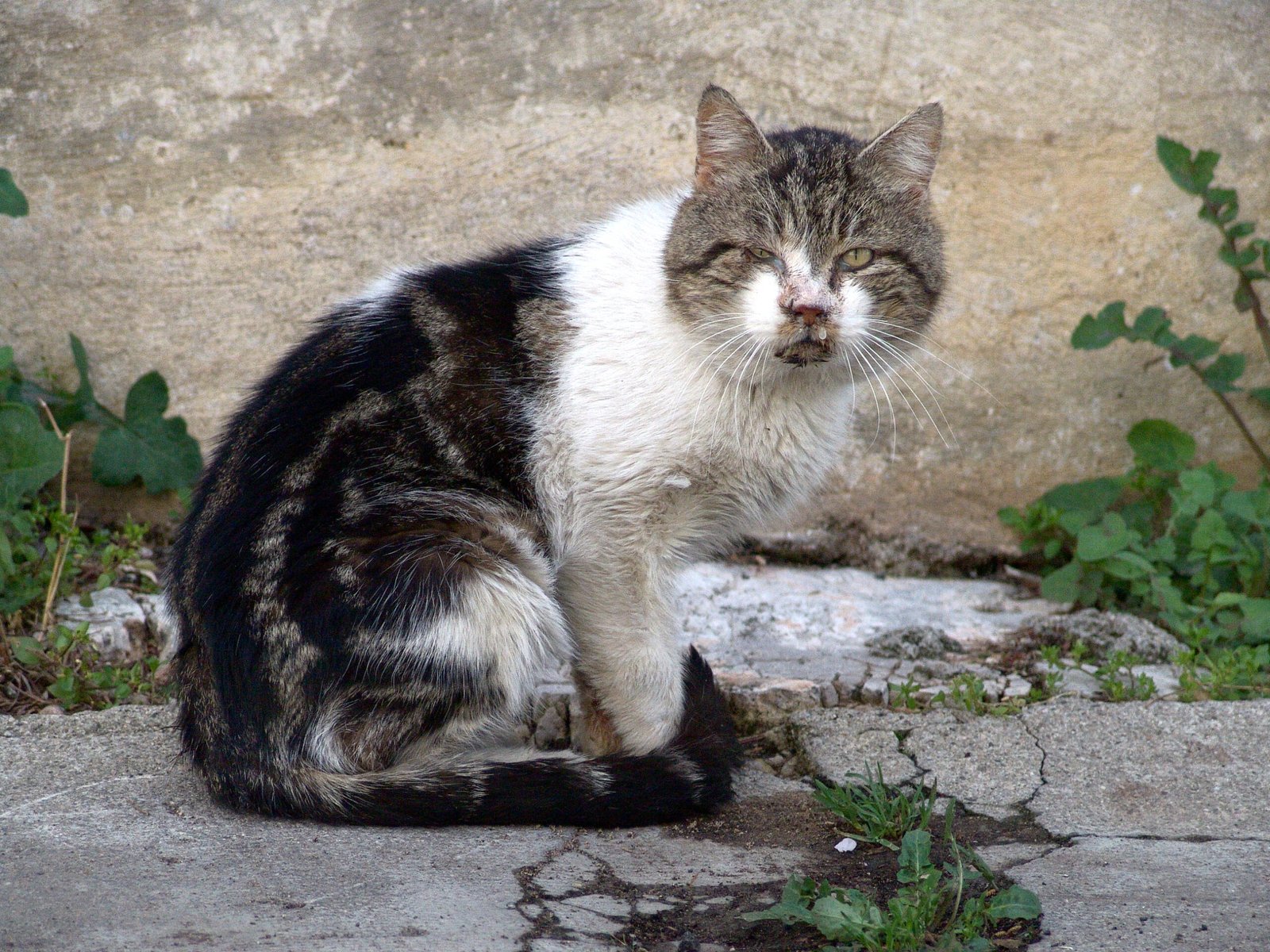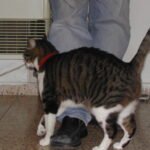Cats are mysterious creatures, and understanding their emotions can sometimes feel like deciphering an ancient script. They have unique ways of communicating both affection and discomfort. As a cat owner, you might have experienced moments where your feline friend shows love, but there’s an underlying hint of hurt. Recognizing these subtle cues can strengthen the bond between you and your pet. Let’s explore seven feline responses that say, “I love you, but I’m hurt.”
1. The Slow Blink
When your cat gazes into your eyes and offers a slow blink, it’s their way of saying, “I trust you.” This gesture is often referred to as a “cat kiss” and is a sign of affection. However, if your cat is blinking slowly and frequently, it might be signaling discomfort. Imagine a gentle touch that turns slightly tense; that’s what your cat might be expressing. Be attentive to their body language to discern if there’s underlying pain.
2. The Tail Flick

A cat’s tail is a powerful communication tool, and a flicking tail can convey mixed emotions. When your cat’s tail is flicking while they’re curled up next to you, it might be saying, “I love being here, but something’s bothering me.” This could be a minor irritation or discomfort. It’s like a friend who smiles but has a furrowed brow—something isn’t quite right.
3. The Gentle Nip
Cats sometimes give gentle nips to show affection, similar to how they might groom their siblings. However, if the nip is accompanied by a tense body or flattened ears, it might be a sign of discomfort. Think of it as a playful jest that turns into a wince; your cat is trying to communicate that something is amiss, even amidst their affection.
4. The Purring Paradox
Purring is often associated with a cat’s contentment, but it can also be a sign of stress or pain. If your cat is purring while displaying signs of distress, like hiding or avoiding touch, it could be a way of self-soothing. It’s akin to someone humming a tune to calm themselves down. Recognizing this duality in purring can help you understand your cat’s true feelings.
5. The Sideways Glance

When a cat gives you a sideways glance, it can be a sign of affection mixed with hesitance. They might want to be near you but are wary of something in their environment. It’s like a person who wants to join a conversation but feels unsure. Pay attention to their surroundings and see if there’s anything causing them distress.
6. The Kneading Gesture

Kneading is a comforting behavior for cats, reminiscent of their kittenhood. When your cat kneads you, it’s a sign of love and trust. However, if they knead with more intensity than usual, it might indicate discomfort. Imagine a comforting hug that tightens unexpectedly; your cat might be trying to convey that they’re in pain or anxious.
7. The Sudden Retreat
A cat that suddenly retreats after being affectionate might be expressing mixed emotions. They love being with you, but something is causing them to pull back. This could be due to overstimulation or discomfort. It’s like someone who enjoys a party but suddenly feels overwhelmed. Giving your cat space and observing their behavior can provide insights into their feelings.
Conclusion

Understanding these subtle feline responses can deepen your relationship with your cat. They might not speak our language, but their actions speak volumes. By being attentive to these cues, you can ensure your cat feels loved and cared for, even when they’re hurt.
Hi, I’m Bola, a passionate writer and creative strategist with a knack for crafting compelling content that educates, inspires, and connects. Over the years, I’ve honed my skills across various writing fields, including content creation, copywriting, online course development, and video scriptwriting.
When I’m not at my desk, you’ll find me exploring new ideas, reading books, or brainstorming creative ways to solve challenges. I believe that words have the power to transform, and I’m here to help you leverage that power for success.
Thanks for stopping by, Keep coming to this website to checkout new articles form me. You’d always love it!






